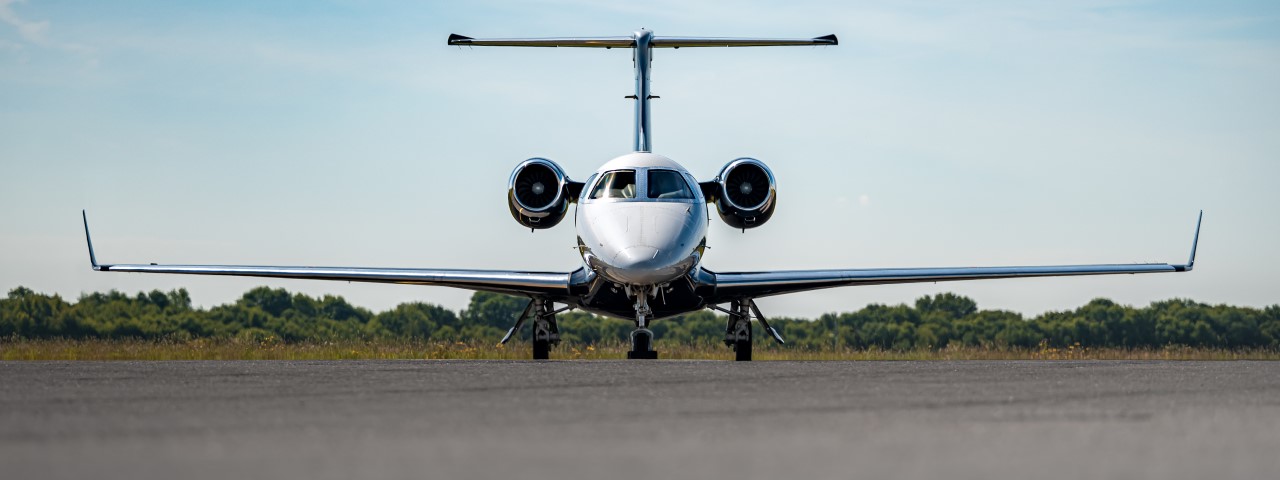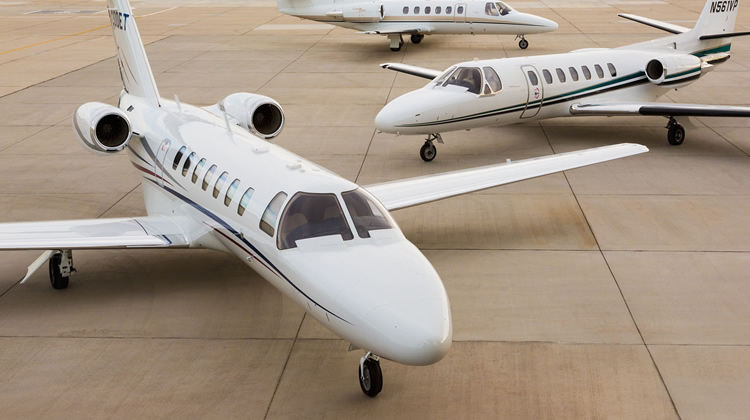Owning a private jet in Germany signifies not only luxury but also entails substantial responsibilities, particularly when it comes to maintenance. Beyond the initial acquisition cost, prospective owners must carefully consider ongoing maintenance expenses to ensure their aircraft remains safe, reliable, and compliant with strict aviation regulations. This comprehensive article explores the various aspects of maintenance costs and considerations specifically relevant to private jet owners in Germany, offering insights to help prospective and current owners budget effectively and navigate the complexities of aircraft maintenance.

Understanding Maintenance Costs
Maintenance costs for private jets encompass a broad range of expenses aimed at keeping the aircraft in optimal condition. Private jets typically require more rigorous maintenance schedules compared to commercial airliners, primarily due to the high standards of safety and operational reliability expected in private aviation. These costs can be categorized into several key areas:
1. Routine Inspections and Scheduled Maintenance
Regular inspections and scheduled maintenance are critical for ensuring the airworthiness and safety of private jets. Key aspects include:
- Hourly and Calendar Inspections: Mandated checks as per manufacturer and regulatory guidelines to assess the aircraft’s systems, components, and overall condition.
- Engine Servicing: Regular maintenance of engines to maintain optimal performance and reliability, including oil changes, inspections, and potentially major overhauls.
- Avionics Upgrades: Updates to onboard electronics and navigation systems to comply with evolving regulations and technological advancements.
Scheduled maintenance helps detect potential issues early, ensuring prompt rectification and minimizing operational disruptions.
2. Unscheduled Repairs and Component Replacements
Apart from routine maintenance, private jets may require unscheduled repairs or component replacements due to wear and tear, unexpected malfunctions, or damage incurred during operation. Common repair and replacement areas include:
- Avionics Components: Replacement of navigation, communication, and safety systems components.
- Interior Refurbishment: Upgrades or refurbishment of the aircraft’s interior to maintain comfort and aesthetics.
- Structural Repairs: Addressing damage or corrosion to the airframe or other structural components.
Repair costs can vary significantly based on the extent of damage and availability of replacement parts.
3. Labour Costs
Skilled labor is a significant component of maintenance costs. Aircraft mechanics and technicians with specialized training and certifications are required to perform maintenance tasks and ensure compliance with stringent aviation standards. Labour costs can vary depending on the complexity of the work required and the location where maintenance is conducted.
4. Hangar and Storage Fees
Secure storage in a hangar is essential to protect private jets from the elements and maintain their longevity. Hangar fees vary based on factors such as the aircraft’s size, location of the hangar facility, and amenities provided (e.g., climate control, security measures). Additionally, storage fees may include costs for routine maintenance of the hangar itself.
5. Insurance Costs
Insurance is another significant expense associated with private jet ownership. Policies typically cover liability, hull damage, and other risks associated with aviation operations. Premiums are influenced by factors such as the aircraft’s value, usage patterns, pilot qualifications, and safety record.
Factors Influencing Maintenance Costs in Germany
Several factors influence the maintenance costs of private jets in Germany:
- Aircraft Type and Age: Newer aircraft models may benefit from more efficient systems and technologies that require less frequent maintenance. Older aircraft, however, may require more extensive inspections and component replacements due to wear and aging.
- Usage Patterns: The frequency and duration of flights impact maintenance costs. Private jets used frequently or for long-distance travel may require more frequent inspections and servicing compared to those used infrequently or for short trips.
- Regulatory Requirements: The Luftfahrt-Bundesamt (LBA) sets stringent regulations and maintenance standards for aircraft registered in Germany. Compliance with these regulations is mandatory and contributes to maintenance costs.
- Location: Maintenance costs can vary based on the geographical location of the aircraft’s base. Areas with a high cost of living or limited aviation infrastructure may have higher labour and hangar fees.
- Ownership Structure: Ownership through fractional ownership programs or managed aircraft services may include maintenance costs as part of the agreement, simplifying budgeting and financial planning for owners.
Budgeting for Maintenance Costs
1. Initial Assessment and Planning
Before purchasing a private jet, conduct a comprehensive assessment of potential maintenance costs based on the aircraft type, expected usage, and regulatory requirements in Germany. Consult with aviation experts, including aircraft brokers, maintenance providers, and insurance agents, to obtain accurate cost estimates and develop a realistic budget.
2. Establish a Maintenance Reserve Fund
Create a dedicated reserve fund to cover ongoing maintenance expenses. Allocate a portion of your budget specifically for routine inspections, unexpected repairs, and major overhauls. This fund acts as a financial buffer against unforeseen maintenance costs and ensures the aircraft remains in optimal condition.
3. Consider Maintenance Programs and Contracts
Many aircraft manufacturers and third-party providers offer maintenance programs and service contracts that can help mitigate costs and streamline the maintenance process. These programs often cover scheduled inspections, parts replacements, and labour costs for a fixed annual fee. Evaluate different programs to determine which offers the best value and aligns with your operational requirements.
4. Monitor and Manage Expenses
Maintain detailed records of maintenance expenses to track spending patterns and identify opportunities for cost optimization. Regularly review your budget and adjust allocations as necessary based on actual expenditures and changing operational needs.
5. Seek Professional Advice
Consult with financial advisors specializing in aviation finance to develop a sustainable budgeting strategy for owning a private jet in Germany. They can provide insights into tax implications, depreciation schedules, and financing options that may impact your overall financial plan.
Conclusion
Owning a private jet in Germany offers unparalleled convenience and flexibility in air travel, but it also comes with significant financial responsibilities, particularly concerning maintenance costs. By understanding the various components of maintenance expenses and the factors that influence costs in Germany, prospective and current owners can budget effectively and make informed decisions about aircraft ownership. Whether you’re considering purchasing a new aircraft or already own one, proactive planning and careful budgeting for maintenance costs are essential to ensure the long-term safety, reliability, and value of your investment. By allocating resources wisely, leveraging maintenance programs where applicable, and staying informed about regulatory requirements, German private jet owners can enjoy the benefits of aircraft ownership with greater peace of mind and financial security.
